Home / Albums / Tag Entertainment 96

 An Opera Ball
An Opera Ball An official ball in the Strassbourg Theatre
An official ball in the Strassbourg Theatre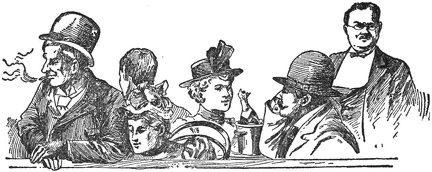 Types at Engel’s
Types at Engel’s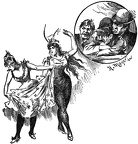 Two Unique Play Houses
Two Unique Play Houses The Circus Sprite
The Circus Sprite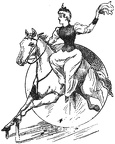 On the Caroussel
On the Caroussel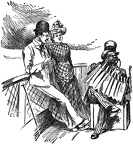 On the Water
On the Water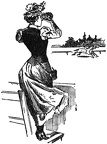 Looking at the Race
Looking at the Race At Free and Easy Shows
At Free and Easy Shows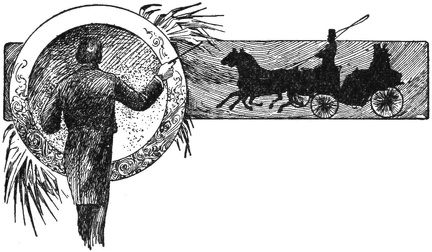 An Ideal Afternoon
An Ideal Afternoon A Masquerade Sprite
A Masquerade Sprite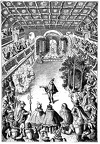 Le Ballet De La Reine
Le Ballet De La Reine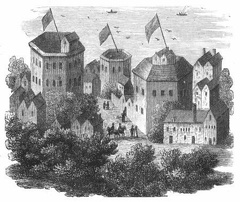 The Globe Theatre
The Globe Theatre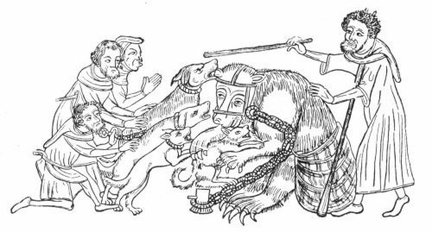 Bear-baiting
Bear-baiting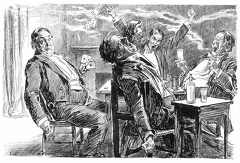 Studies in Expression
Studies in Expression The Shooting-Gallery
The Shooting-Gallery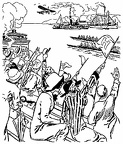 An observation train
An observation train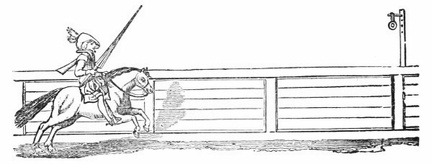 Tilting at the Ring
Tilting at the Ring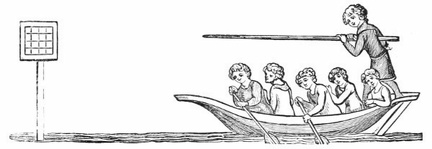 The Water Quintain—XIV. Century
The Water Quintain—XIV. Century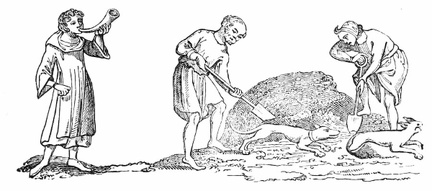 The Unearthing of a Fox
The Unearthing of a Fox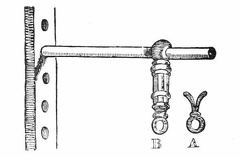 The Ring in Tilting
The Ring in Tilting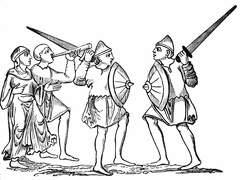 Sword-Dance
Sword-Dance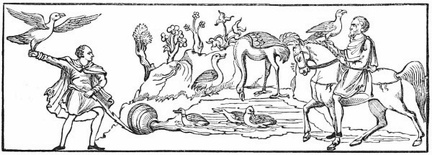 Saxon Hawking—IX. Century.
Saxon Hawking—IX. Century. Remarkable Dance.—XIII. Century
Remarkable Dance.—XIII. Century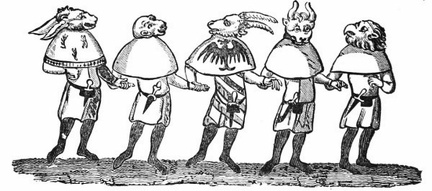 Mummers—XIV. Century
Mummers—XIV. Century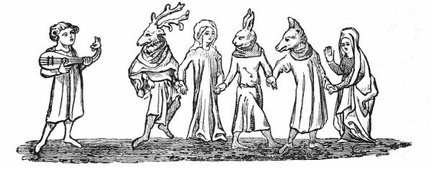 Mummers.—XIV. Century
Mummers.—XIV. Century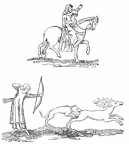 Ladies Hunting—XIV. Century
Ladies Hunting—XIV. Century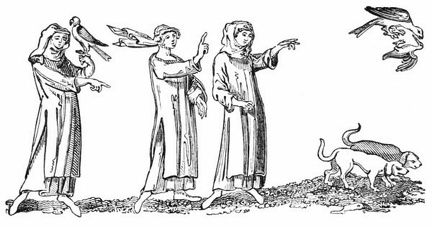 Ladies Hawking—XIV. Century
Ladies Hawking—XIV. Century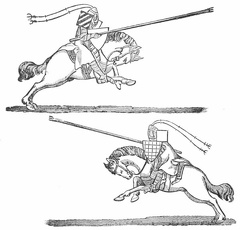 Justing.—XIV. Century
Justing.—XIV. Century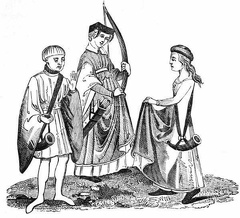 Hunting Dresses.—XV. Century
Hunting Dresses.—XV. Century Hawking—XIV. Century
Hawking—XIV. Century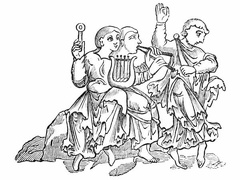 Gleemen's Dance.—IX. Century
Gleemen's Dance.—IX. Century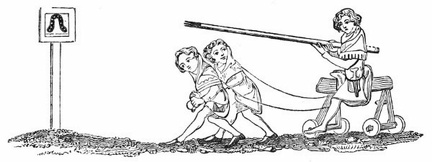 Fixed Quintain—XIV. Century
Fixed Quintain—XIV. Century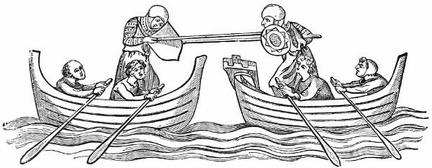 Boat Tilting
Boat Tilting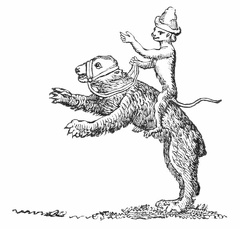 Bear and Monkey
Bear and Monkey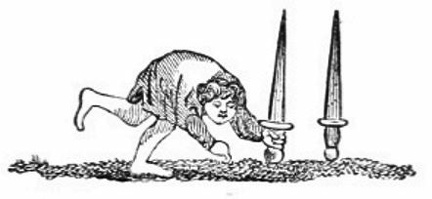 Balancing—XIV. Century
Balancing—XIV. Century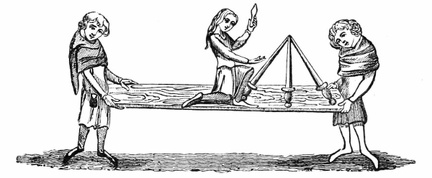 Balancing.—XIV. Century
Balancing.—XIV. Century Balancing —XIV. Century
Balancing —XIV. Century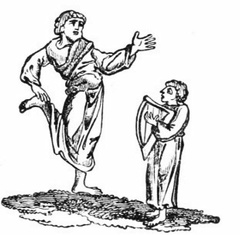 Anglo-Saxon Harper and Hoppestere.—X. Century
Anglo-Saxon Harper and Hoppestere.—X. Century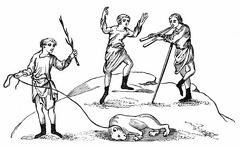 Anglo-Saxon Gleemen's Bear Dance.—X. Century
Anglo-Saxon Gleemen's Bear Dance.—X. Century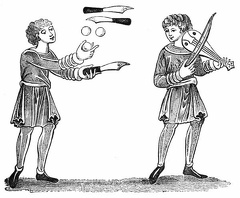 Anglo-Saxon Gleeman—X. Century
Anglo-Saxon Gleeman—X. Century Anglo-Saxon Dance.—VIII. Century
Anglo-Saxon Dance.—VIII. Century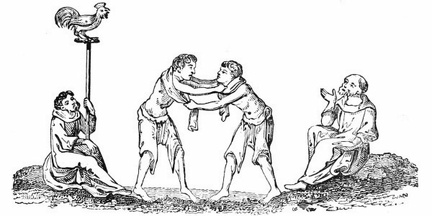 Ancient Wrestling
Ancient Wrestling A tumbling Ape
A tumbling Ape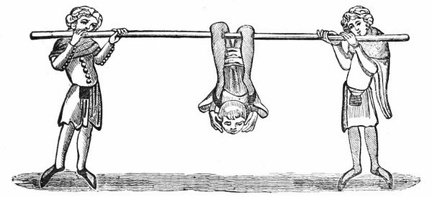 A Posture-Master.—XIV. Century
A Posture-Master.—XIV. Century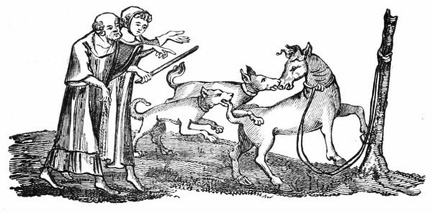 A Horse baited with Dogs
A Horse baited with Dogs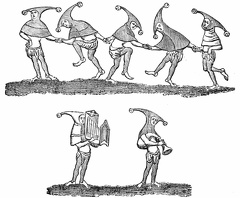 A Fool's Dance.—XIV. Century
A Fool's Dance.—XIV. Century A Feat in the XIV. Century
A Feat in the XIV. Century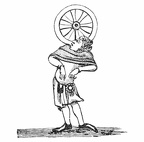 XIV. Century
XIV. Century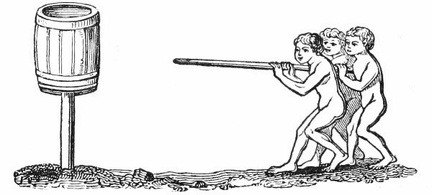 Water-Tub Quintain—XIV. Century
Water-Tub Quintain—XIV. Century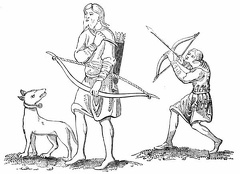 Two Saxon Archers—VIII. Century
Two Saxon Archers—VIII. Century Tutored Bear.—XIV. Century
Tutored Bear.—XIV. Century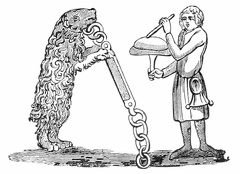 Tutored Bear.—XIV. Century
Tutored Bear.—XIV. Century Tumbling—XIV. Century
Tumbling—XIV. Century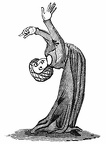 Tumbling.—XIII. Century
Tumbling.—XIII. Century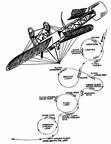 Looping the loop
Looping the loop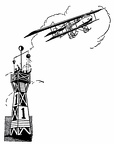 A pylon, or mark-tower, on the flying track
A pylon, or mark-tower, on the flying track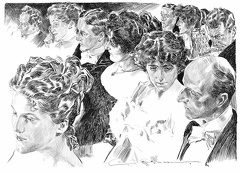 A first night
A first night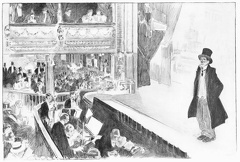 At the Pavilion
At the Pavilion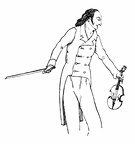 Paganini
Paganini



